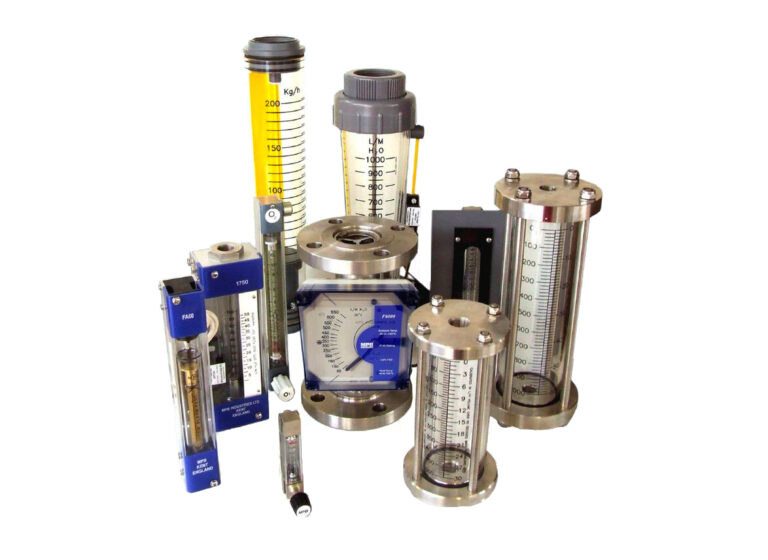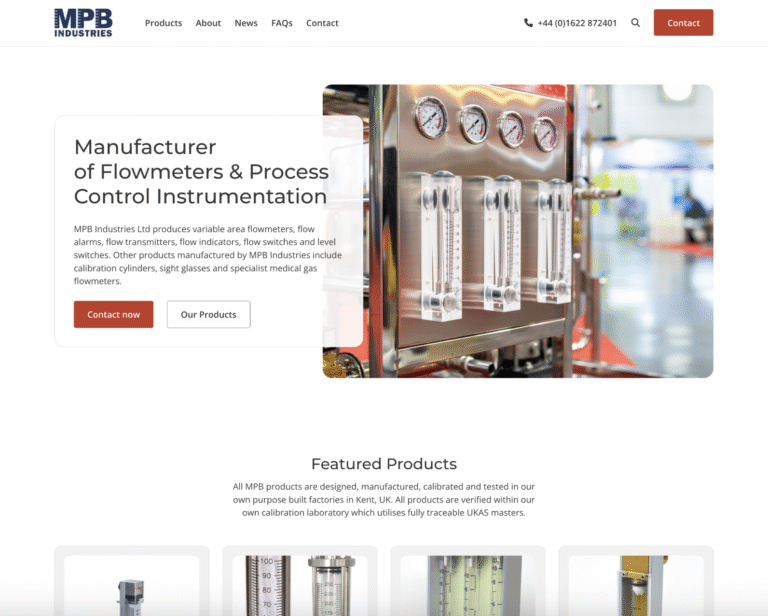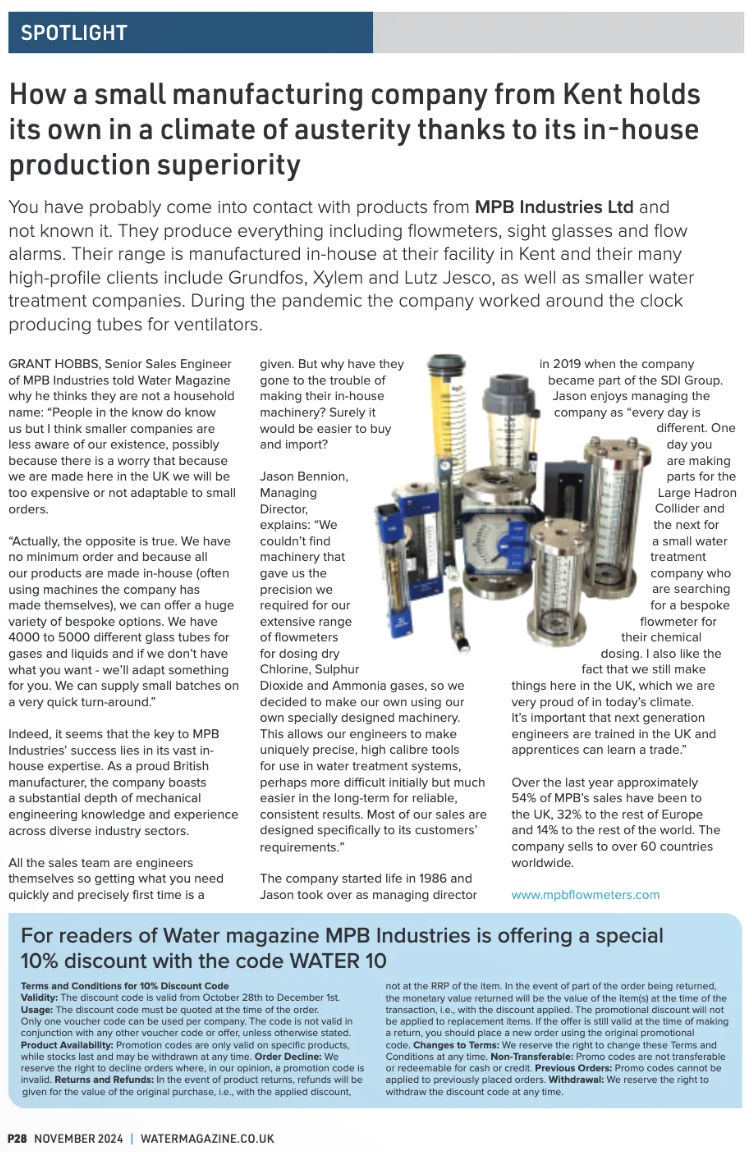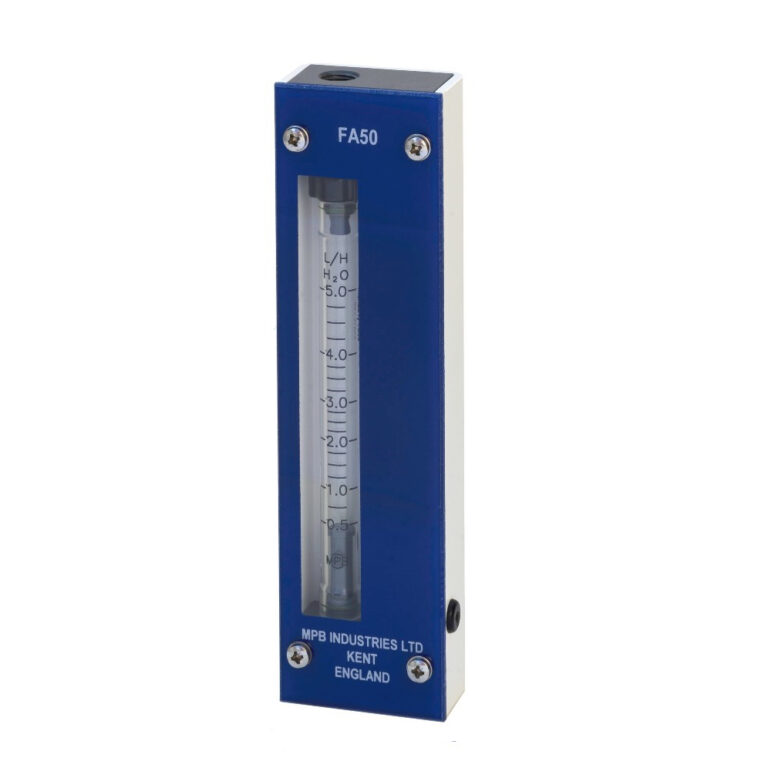This article sets out to identify the many possible pitfalls when using variable area flowmeters.
When working smoothly flowmeters are invaluable pieces of equipment for the safe and efficient handling, transfer, and storage of fluids across various applications, including water treatment, oil and gas production, precision manufacturing, and healthcare. However, when these sensors fail or produce inaccurate or inconsistent readings—whether immediately upon installation or over time—it can significantly affect productivity, product quality, and safety.
In this article, we will examine common flow meter performance issues and their probable causes. Additionally, we will explore how improved selection, installation, and maintenance practices, along with a partnership with a trustworthy equipment supplier, can help prevent these problems and facilitate better management when they do occur.
Trouble on the Line: 6 Common Flow Meter Challenges
For fluid handling and transfer to be effective, flow meter readings must be accurate, instantaneous, and consistently repeatable. The following are the most frequent reasons for flow meter failure or inaccuracies.
Installation
- For applications where the flowmeter is venting to atmosphere the flowmeter should be mounted with the valve at the inlet side of the flow tube and the scale should read from bottom to top. With the valve placed at the inlet it will prevent any small fluctuations in inlet pressure from effecting the readings.
- For vacuum applications and if using a valve, the control valve should be placed on the top side of the flowmeter, and you can do this by flipping the tube, so it still increases from bottom to top. Having the setup this way, the valve acts to isolate the effect the vacuum pump has on the readings.
- For applications where there will be varying outlet pressures, the valve should still be mounted on top with the scale still increasing from bottom to top. This set up is commonly used when dispensing gas from a cylinder at a fixed pressure where the outlet pressure may change.
Avoid obstructions
- Avoid restrictive bore on pipework, right angles or kinks which can cause instability in the float.
- Make sure that the supply of gas or liquid being metered is clean, consistent and filtered if required. We provide a filter mesh in some meters for precisely this purpose.
- Consider MPB’s calibration service if your meters require compliance to various standards or you just want to be assured of ongoing accuracy.
I am sure there are many more hints and tips that we could add that would be useful to customers old and new.
Ensure meters are mounted perpendicularly to the wall or panel, or have one of our mounting bases fitted if required.



